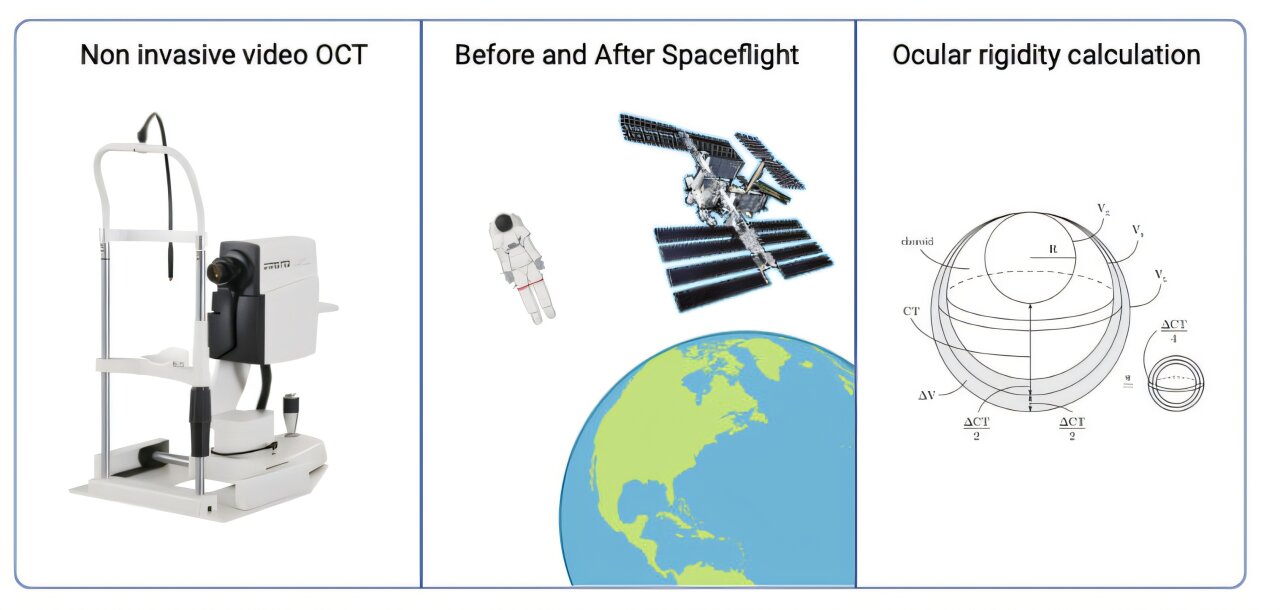That’s been known for a long time. What we don’t know is what reduced gravity will do. We really need a space station that can simulate martian and lunar gravity.
I can’t wait until we have our first rotating space station. Both Space Development Corporation and Vast Space have announced plans, but it will probably be another five to ten years until they start bending metal for the hardware.
I kinda assumed any Mars mission would include some simple centrifugal pod. Seems like even if it’s just for sleeping it would be useful.
Have a 2x Earth gravity exercise room. Make Mars an MXC series.
Goku would like a word
There used to be explorers in the world – people who would accept the risks (known or unknown) and push forward anyway. This is one of those moments.
As a one-time astronaut candidate that failed to be selected… I’d still go.
If the time frame you will be required to be out in space exceeds the time it will take for your eyesight to degrade to a point where it hinders you physically being able to do your work, then that is a problem you can’t just soldier through. There will have to be some sort of solution to this.
Yes, but we won’t know what that timeframe is until we send enough people (or animals or whatever) to discover this.
Build a ship and send several monkeys to Mars and back on one of those free return trajectories and see how they fare.
It’s actually a good idea, provided the monkeys can survive the zero g environment and feed themselves and clean up after themselves and whatever else. Free return is something like 16 months?
Tangent and some searching yields: https://arc.aiaa.org/doi/abs/10.2514/2.3333?journalCode=jsr – 1.4 years as minimum.
Sending monkeys on a lunar free return can make logistical sense. I’m not sure Mars does. Trying to keep the monkeys alive will be crazy.
Keeping them alive should be a breeze, just create a self sustaining habitat and it will care for itself in a https://en.m.wikipedia.org/wiki/Stanford_torus
Hahah, just create an entirely new system architecture compared to what is currently being built. Easy! Set back human exploration timelines by decades…
What is currently being built can’t sustain a monkey population to mars anyway, so why not? If the monkey trials are a priority, we need to give them suitable living conditions
I don’t think a lunar free return trajectory would be long enough to measure this. Because the moon is so close.
Correct. But a lunar free return trajectory is about the limit of what I’d sent unsupervised monkeys on. ;)
how is this news?
It’s interesting and worth retelling shrugs news





